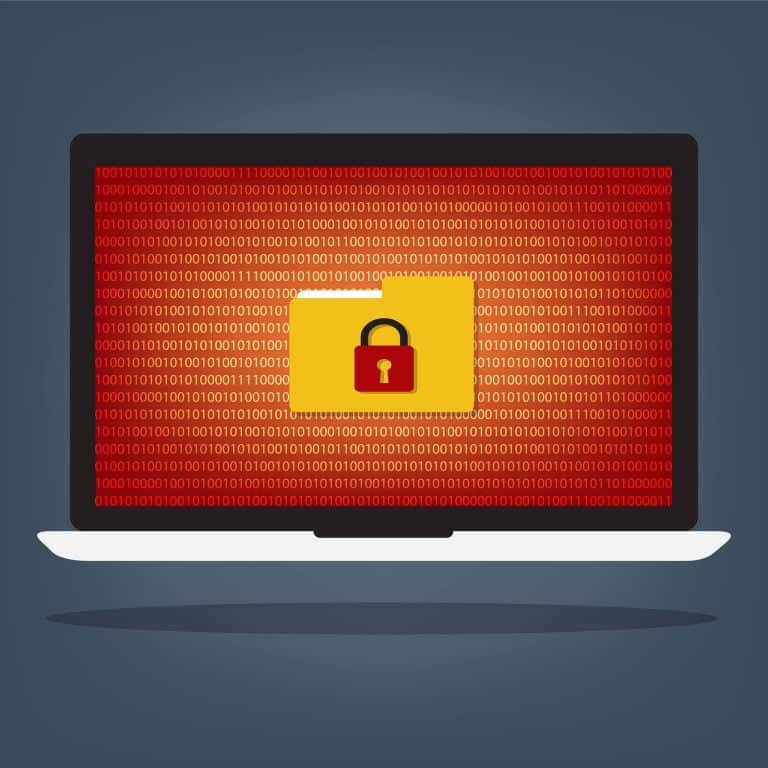Don’t be naive – any business that lacks cyber security measures can become a target for cyber attacks. Even though the term itself started circling around the 90s, cybercrime is now much more complex. The computerized world brought businesses more prospects to branch out faster and access global markets.
At the same time, customers today can shop or access various services without any hassle. Despite that, such convenience comes with a price. This article will help you understand cyber security’s importance and explain how to protect your business from online threats.
What is a cyber attack?
A cyber attack is an exploitation of your business and its network. During this attack, criminals use malicious codes to access your company’s computers and other devices, then steal, hold hostage or sell valuable details online. Due to the massive extent of cybercrime, specialists recommend using unique technological solutions to protect themselves from the sad consequences of online criminal activity. Cyber attacks can be made by insiders or outside attackers, which include:
- Organized crime groups and criminals
- Hackers and hacktivists
- Former employees
- Current staff members
- Other partners or clients who have access to the internal system
Cyber attacks are dangerous to businesses because they can grow into even bigger problems. In general, when you hear about cyber attacks, the chances are that you’re thinking about data breaches, and you’re not wrong. Some common examples of cyber attacks include identity theft, phishing, fraud, stolen devices, password sniffing, and other similar types of criminal activity.
What are the types of cyber attacks?
There are various threats and types of cyber attacks. Criminals strive to gain access to complex security systems by launching social engineering scams, and their targets become personal computers, company devices, and IT infrastructures. The most common types of cyber attacks today are:
Phishing. In this scenario, fraudsters send texts or emails pretending to be legitimate businesses using inauthentic links to malicious websites.
Zero-day exploit. These cyber attacks target unknown software or hardware by exploiting their weaknesses. In most cases, such vulnerabilities are left unnoticed for days or even years until developers find the fix.
Ransomware. This is a type of malware that strives to hold the data hostage, eventually demanding a payment in exchange for releasing the personal information or system functionality. Nowadays, ransomware also includes extortion and add-on techniques.
Malware. It’s malicious software that’s designed to damage and disrupt a computer system with the goal of deleting data. Usually, malware destroys it by wiping critical files.
Baiting. In a way, this cyber attack is similar to phishing because it offers something to the user in exchange for private information. The bait can come in many digital ways, including physical forms like a flash drive.
Denial-of-service. These attacks (DoS), along with Distributed denial-of-service attacks (DDoS) overwhelm and flood the system’s resources, making it hard for the system to perform. Usually, one DoS attack is designed to set up another cyber attack.
Why is it essential to protect your business?
Cybercriminals cause significant damage to businesses. From electrical breakouts to national security breaches – it’s clear that the threats are a big deal. Since many companies and different sectors have gone digital, there are more options for fraudsters to choose from. They attack every industry. Criminals tend to attack business financial data, customer databases, client lists, email addresses, IT infrastructure data, or log-in details.
For instance, a cyber attack can be focused on stealing essential data, such as medical records. Once criminals obtain this data, they open the door to other opportunities, such as impersonating the victim. That means fraudsters can use the stolen data almost for everything: from applying for bank or credit card loans to making unemployment claims.
What are the top solutions that’ll protect your business?
To build your company’s trust and maintain its reputation, you need to use security measures that’ll guarantee protection from cyber attacks. The top solutions that are effective within various industries today are:
- Firewalls
Firewalls serve a great purpose, as they monitor incoming and outgoing network traffic, separating your internal network from the internet, which isn’t secure. A firewall permits and blocks data based on your network’s security settings. Very often, firewalls have additional security features, for instance, they can offer VPNs for people who work remotely.
- Business verification
Partnering with another company is risky if you don’t review its whole background. Humans can’t check multiple databases quickly and without any errors. Despite that, we now have technological tools that do the job for us. Business verification is automatic software that’s powered by artificial intelligence.
It reviews the business’ beneficiaries, owners, and other related staff and identifies associated risks. This tool also provides Business, Address and Website audits automatically, allowing you to check the company’s address information and social media profiles in one place. In case any fraudulent activity is found, you can block the person or the company for security reasons.
- Patch management
Criminals attack using popular software products, such as Microsoft tools. Patch management is essential to stop your system’s vulnerabilities from being exploited. To solve this issue, you can use software updates and regularly patch up the security gaps on every single device that your staff uses.
What else can you do to prevent cybercrime?
There are standard yet very valuable practices regarding technology and its management that help prevent cyber attacks. For instance, upgrading your security guidelines in the business and limiting access to certain company data is a must. Not only does it protect your information, but it also reduces human error.
Another obvious tactic regarding cybersecurity risk management that often isn’t prioritized is password management. Many people and organizations have poor password hygiene. It’s important to remember that passwords are like virtual keys, and once a hacker cracks the credentials, the whole network is compromised. Recycling passwords or using your dog’s name as your password isn’t enough. Using encryption and changing the password regularly is essential for a proper defense system against cyber attacks.





